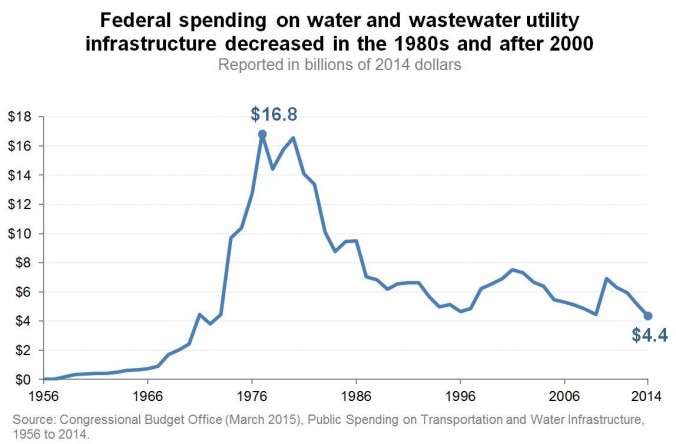Today marks the end of the sixth annual National Infrastructure Week—a week of events, media coverage, and issue advocacy across the country to elevate infrastructure as a critical issue impacting America’s future. In the world of environmental finance, however, every week is infrastructure week, with growing capital needs to replace aging assets acting as a major challenge in the drinking water and wastewater industry, among others.
To help wrap up this important week, we’ve curated a list of water infrastructure-focused posts from not only our own blog, but from blogs around the web as well: Continue reading







